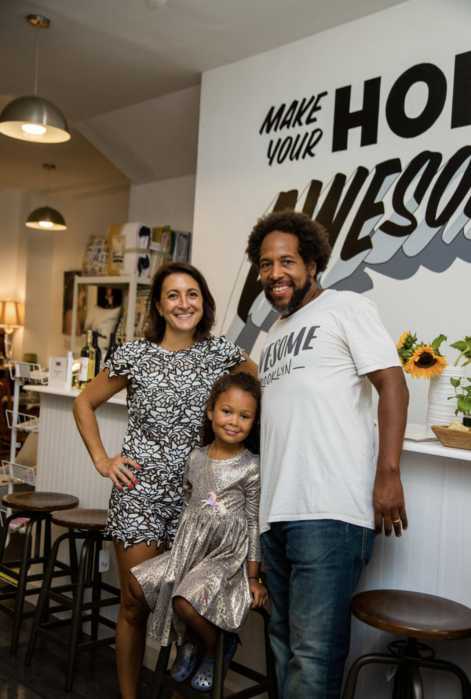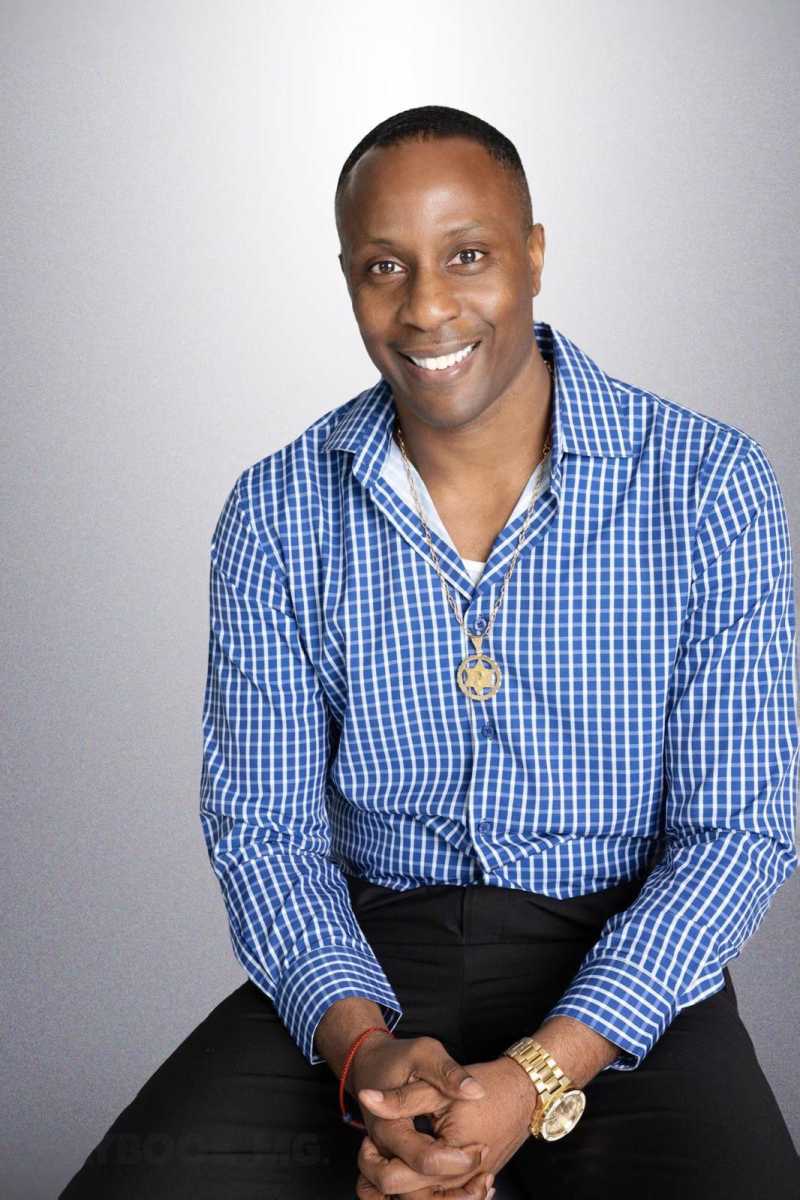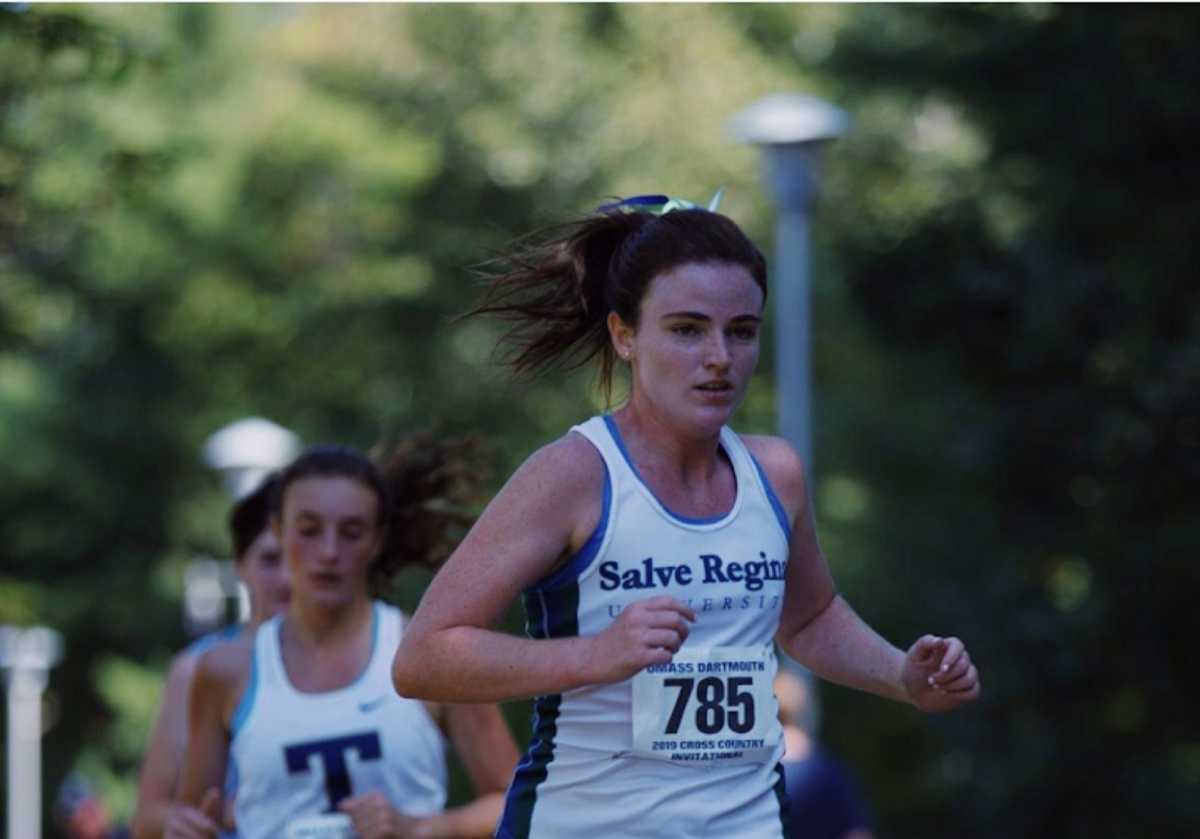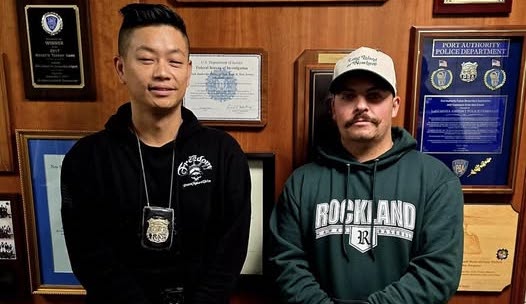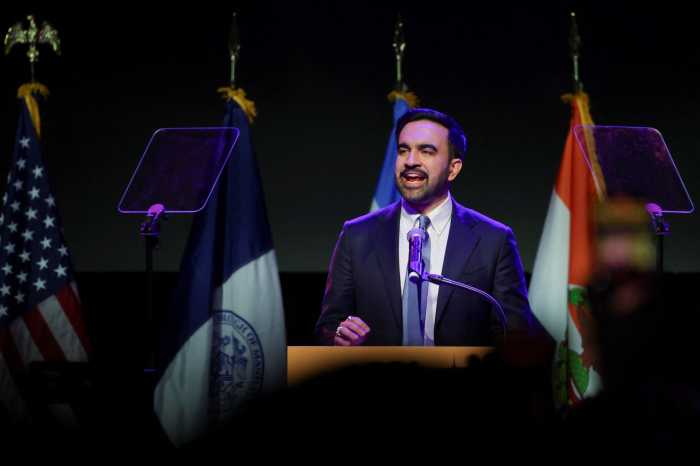It may be difficult to tell amid the bustle of New York City, but we’re gripped in the throes of loneliness.
More than half of New Yorkers report feeling lonely at least some of the time. Senior citizens are particularly vulnerable, and New York’s skyrocketing older population faces one of the highest levels of isolation in the nation.
It’s no surprise that the former U.S. Surgeon General dubbed the phenomenon an “epidemic of loneliness.”
Loneliness and isolation is a quiet crisis, and one that’s escalating as more seniors choose to remain in their own homes rather than move into congregate settings, with living alone, poverty and disability serving as additional accelerants.
May is Mental Health Awareness Month, a time when we’re asked to pay closer attention to the emotional well-being of those around us. But seniors continue to be overlooked—even as the numbers tell us they should be front and center.
Social isolation carries the same health risks as smoking 15 cigarettes a day, raising the likelihood of heart disease, stroke, depression, cognitive decline, and early death.
And in a city like New York—where millions of people live in close proximity but may not truly connect—those risks are hiding in plain sight.
Research shows that community-based programs focused on connection, activity, and shared experience can make a measurable difference in the lives of older adults. Group exercises and the use of online platforms such as video chat, email, and social media also help to reduce feelings of isolation among seniors.
Participation has been linked to improved psychological well-being, better physical health outcomes and greater life satisfaction. Volunteering, community dance classes, and regular group meetings have also been shown to improve mental well-being and reduce feelings of isolation.
I’m trying to combat these issues firsthand.
In Brooklyn and the Bronx, we’ve launched social groups designed to provide our members a space to openly discuss their health challenges, the experience of feeling invisible in a fast-paced city, and foster candid conversations about navigating a society that often isn’t built for the aging population.
These groups aren’t traditional therapy, but they are deeply therapeutic. For some, they’re the only place where they feel truly heard.
We’ve also found that distributing robotic pets has been an effective tool in combating isolation, resulting in a decrease in calls for assistance from our members and elevating their moods.
These programs work because they’re simple, dignified, and human, helping people feel less alone in a daily, practical way. But like many essential services, they’re vulnerable to policy decisions that don’t always reflect the realities of aging.
Recently, the City Comptroller’s Office highlighted the threat of federal cuts, including over $4 billion in federal funding allocated to city agencies that could be at risk — including for senior and community centers across the city that help combat isolation. Compounding these concerns are proposed budget cuts to the city’s Department for the Aging that could lead to the closure of 90 senior centers, removing critical care infrastructure that are not just budget line items, but lifelines for many.
At the same time, half of New Yorkers are on Medicaid. Any reduction would be cataclysmic — especially for Managed Long-Term Care, one of the most critical programs helping older adults and low-income New Yorkers with complex health conditions stay healthy and happy in their homes.
New York is aging. That’s a fact. But how we respond to this reality is still up to us. We know what works: community-based programs that build connections, mental health support that meets people where they are, and a Medicaid system that makes aging at home possible. But those tools only matter if we choose to fund and protect them.
With many older adults choosing to remain in their homes and communities, we can’t afford to let them fall through the cracks. They deserve dignity, connection, and care. This Mental Health Awareness Month let’s make it clear: we won’t leave older New Yorkers behind.
Marc Frederic serves as the vice president of social work and community health services at the Brooklyn-based ElderServe Health dba RiverSpring Health Plans. He lives in Westchester County.














